Description
The mandala begins with the centre, radiating out with symbols and designs as the pattern grows larger.
There are three basic layers to a mandala’s meaning. The outer meaning represents the divine form of the universe. The inner meaning creates a map to guide the mind to enlightenment. The secret meaning, however, remains between the artist and the creation as far as specific details. Overall, it represents a balance of body and mind infused with clarity
A mandala (emphasis on first syllable; Sanskrit मण्डल, maṇḍala – literally “circle”) is a geometric configuration of symbols. In various spiritual traditions, mandalas may be employed for focusing attention of practitioners and adepts, as a spiritual guidance tool, for establishing a sacred space and as an aid to meditation and trance induction.
In Hinduism, a basic mandala, also called a yantra, takes the form of a square with four gates containing a circle with a center point. Each gate is in the general shape of a T. Mandalas often have radial balance.
Mandalas are undefined circular designs executed with great precision and measurements. The journey through a mandala is somewhat akin to that of Tankha Painting, as they exude an extreme sense of satisfaction for the viewer as symmetry is key here. For the doer, it is a meditative practice – the precision requires the doer to concentrate by setting aside the constant chatter of the mind, thus enhancing the experience and cherishing the journey rather than looking forward to the satisfaction of the outcome.
Why ‘Mandalas’ on a Folk art form page? Intrinsically, folk art and mandalas have a mutualistic symbiosis amongst themselves. Folk art patterns and motifs can be adopted in mandalas and mandalas in themselves form folk art patterns – for example – Warli, Pookalams, Madhubani Gondana etc.
They adorn living spaces capturing positive vibrations and engaging viewers with an exchange of energy. They also create a sense of rhythmic movement in their minds which silences them for as long as they engage. They also work well as small and simple return gifts reminding people of the beauty that lies in Indian folk art.

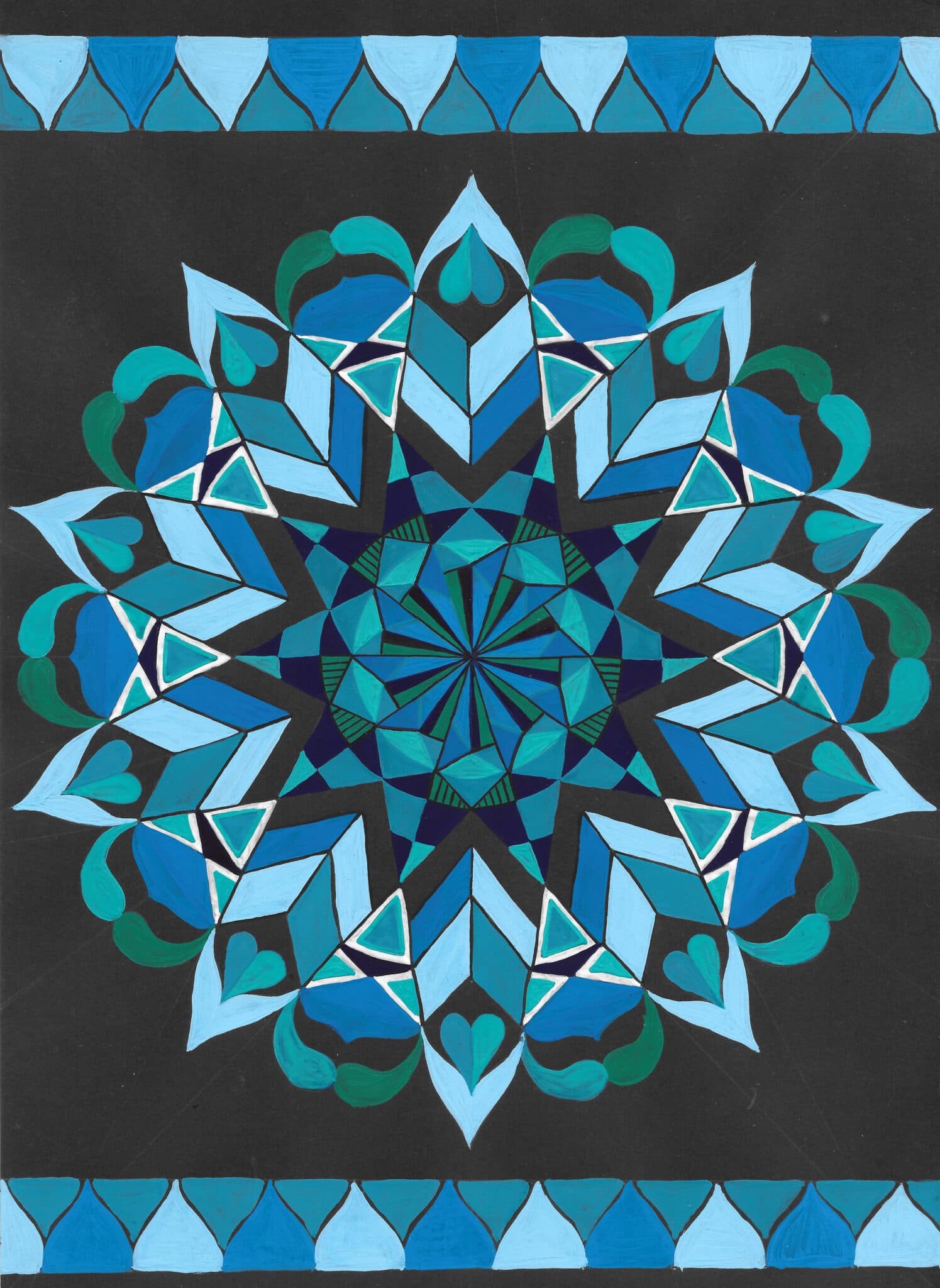

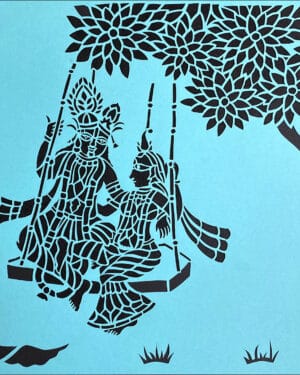
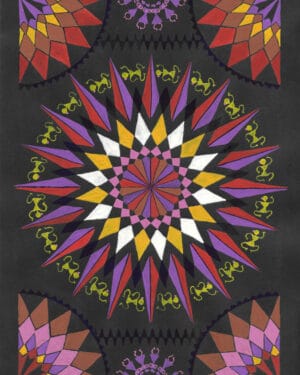
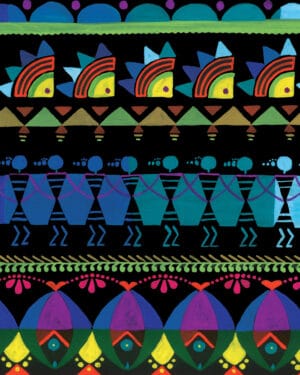
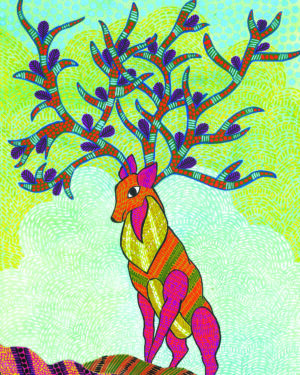
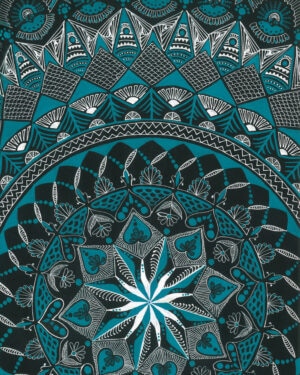
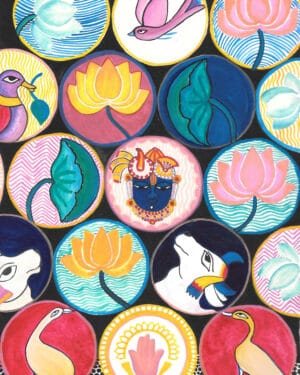
![Ganesha #1, Tanjore Painting [Digital Downloads Only]](https://indianfolkart.org/wp-content/uploads/2021/02/Ganesha-22-300x375.jpg)
![Kamatchi Amman, Tanjore Painting [Digital Download Only]](https://indianfolkart.org/wp-content/uploads/2021/02/Kamatchi-Amman-Copy-1-300x375.jpg)

![Annapoorani, Tanjore Painting [Digital Download Only]](https://indianfolkart.org/wp-content/uploads/2021/02/Annapoorani-3-300x375.jpg)
Reviews
There are no reviews yet.